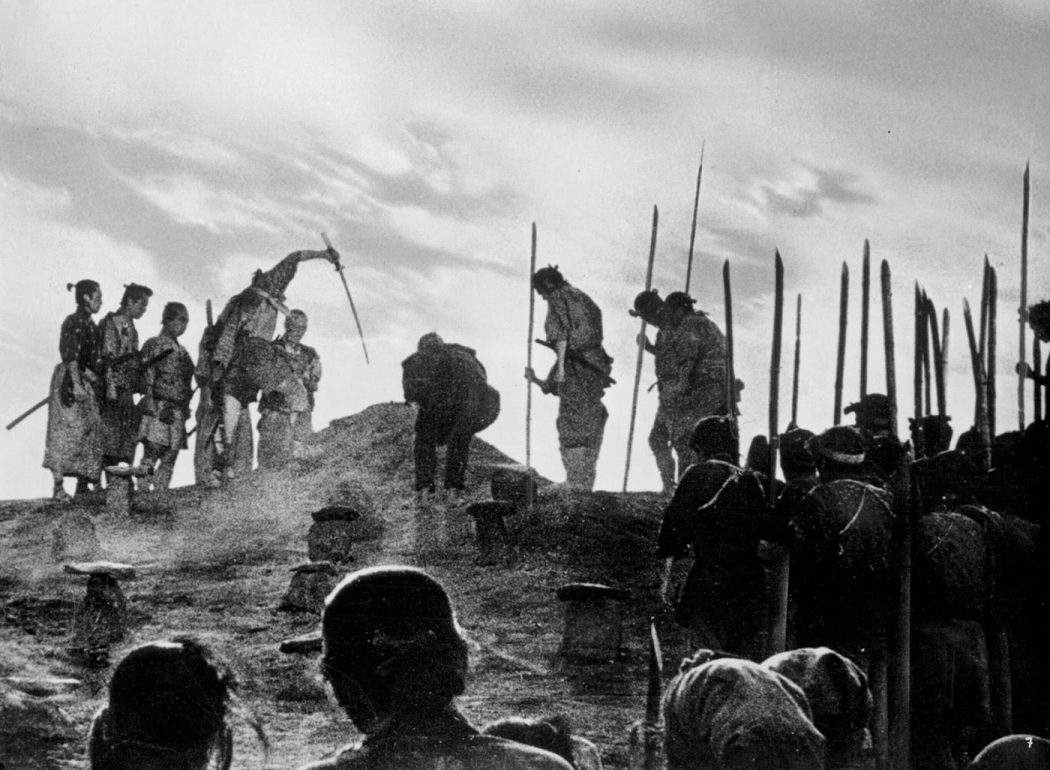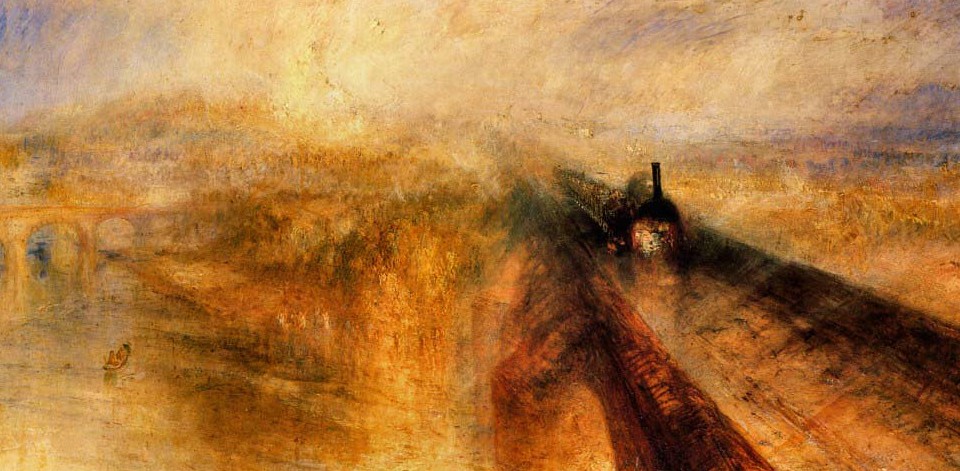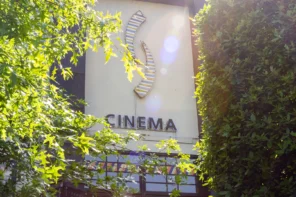There has been lots of debate about the impact of coronavirus on the film industry, but Mark Cosgrove, cinema curator of the Watershed, has been thinking about the transformative impact of cinema and its role within the wider arts ecology.
Along with all of society, The Arts are going to have to regroup and seek to rebuild and recover post-COVID-19. There have been a number of pieces in the media on the challenges faced by The Arts, but recently an interview with director of the National Theatre Rufus Norris and Maria Balshaw, director of The Tate. In it, Balshaw said, ‘This is going to be a period of the most acute challenge the arts ecology has ever faced.’
So what do we mean by The Arts?
Theatre and classical music: Yes
Opera and ballet: Of course
Art galleries: The word is in the title, stupid
Film? Well, isn’t that commercial and really, deep down, just entertainment?
Art with a capital A has a deeper transformative impact, surely it doesn’t include a weekend entertainment distraction?
When does film become art? When does a filmmaker become an artist?
I’ve often thought about it when I have been in the cinema at Watershed and audiences have been engaged and moved by what they have experienced on screen. I remember standing at the back of the auditorium at the end of Michael Hanneke’s Amour.
No one moved, there was a stunned silence. The audience were caught by the emotional intensity of the film, the story and the way it was told. They clearly wanted to stay with the emotion and take in what they had just experienced. They had been moved beyond being entertained. And most recently the rapt shared response in our cinema to Celine Sciamma’s Portrait of a Lady on Fire, where there was a collective recognition that something transformative was being experienced.
Are these films art? Seeking to define what is or isn’t art becomes trapped in unproductive binary oppositions of high/low or elite/popular. I’d rather talk about the personal and social impact film can have and the environment of the cinema that facilitates it.
Facilitating a connection
When we screened Steve McQueen’s 12 Years A Slave, we had a series of formal and informal talks and events in partnership with black curating collective Come the Revolution. McQueen’s film was clearly going to resonate in Bristol, a city whose wealth was built on the back of the slave trade, and we wanted to provide opportunities for audiences to connect with the film beyond seeing it in the cinema.
I remember a young black woman saying how much she valued the opportunity to engage in the various discussions. She had been to see 12 Years A Slave the week before at the multiplex and in that moment of viewing, she was transported into Solomon Northup’s painful story. As she left the auditorium, she wanted to talk to someone about her own journey with the film. She wanted to connect her experience of being transported by the art of filmmaking. Of course, it is not the function of multiplexes to facilitate that connection.
Equally the ecology of film exhibition, the point at which a product meets a physical audience, has an important role in the wider ecology of the film industry. Not just for the audience as consumers, but for the audience as potential employees in the film industry. Over the years, I have had a number of people in the film business who have said to me, ‘I was inspired by watching films at your cinema…’
There are many stories of the impact of the cinema – culturally, inspirationally, practically. Filmmaker Edgar Wright started his career behind the scenes projecting films in an independent cinema in Wells. In Bristol, we are (or rather were) blessed with having a rich film exhibition ecology which ranged from 20th Century Flicks Video Shop (yes, a bona fide old school video shop with staff who can enthusiastically engage you in the minutiae of world cinema, whilst doing the finest Werner Herzog impression) to the multiplexes and independents like the Cube, Watershed and Scott Cinemas in-between.
This is an important ecology for audiences, for filmmakers, for film culture.
The other issue of credibility film has in the art world debate is that it is mechanical (now digital) and therefore reproducible.
This is not a problem for the other art forms. Even although you may have a postcard of Turner’s painting Rain Steam and Speed at home, it is important – unquestionable even – that the original should be in the National collection and available for all to see.
I firmly believe that when you come face-to-face with Turner’s original there is a different order of experience, of seeing, of engagement which is essential and important. Documentary filmmaker Fred Wiseman captured something of this value in his 2014 documentary National Gallery. For me, it follows that seeing Michael Hanneke’s Amour, Celine Sciamma’ Portrait of a Lady on Fire, Steve McQueen’s 12 Years a Slave, Edgar Wrights’s Baby Driver online is of a different order to seeing it its intended conditions of a cinema.
Here’s David Lynch on the subject: “If you’re playing the movie on a telephone, you will never in a trillion years experience the film, You’ll think you have experienced it, but you’ll be cheated. It’s such a sadness, that you think you’ve seen a film, on your f**king telephone.”
Like Turner’s paintings, Lynch’s films in the age of reproduction means we can access them on many different forms and platforms, but surely the value of being able to see them in their original conditions should not be diminished. I say this as the BFI have just announced their Japan 2020 season some of which we were planning to screen at Watershed and would have been available in cinemas across the country. The season includes classics like Akira Kurosawa’s Seven Samurai which is available to watch online at Watershed’s curated page on the BFI Player but, like the postcard of Turner’s painting that I am currently looking at, will you have seen the original?
Film then can be too easily left out of COVID-19 art recovery discussions; defined and dismissed as commercial and an entertainment distraction, and diminished for its omnipresent reproducibility. In my view it is important that discussions about the current challenges should be reframed as the challenges for the cultural ecology of our localities and communities, and that the value of the real world film ecology should not be forgotten.
Follow Mark Cosgrove on Twitter at @MSC45 or subscribe to the Watershed podcast for his monthly thoughts on cinema.






